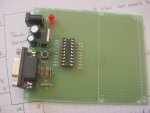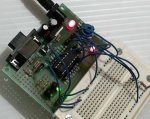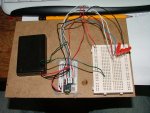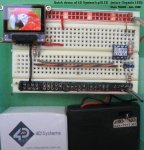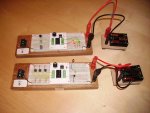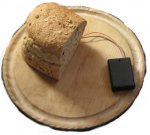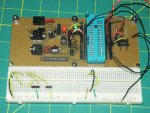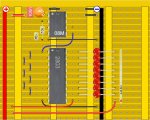Mycroft2152
Senior Member
The use of breadboards is a topic that keeps coming up on the forum. I ran a forum search and found a number of references hidden within many threads. It seemed that it would be handy to have on thread where breadboard info could be easily accessed.
Well here it is! A place for breadboard tips, tricks and photos. Add to it! Post photos of "My breadboard".
To start it off, here;'s a photo of the most famous breadboard of all:

Well here it is! A place for breadboard tips, tricks and photos. Add to it! Post photos of "My breadboard".
To start it off, here;'s a photo of the most famous breadboard of all:
Last edited:

